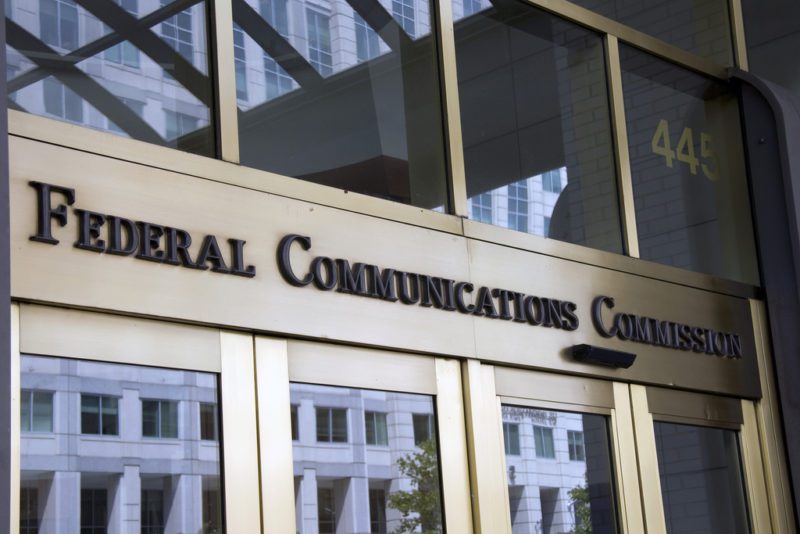
The Federal Communications Commission (Photo: FCC)
The FCC is working to improve the licensing procedures for commercial satellites. On Wednesday, the FCC decided to seek comments on changes to its policies and rules for satellite applications. This commission said there are an “unprecedented” number of applications for new satellite systems and it wants to better handle them.
Specifically, the commission said it will seek comment on allowing licensees to apply for more than one unbuilt Non-Geostationary (NGSO) satellite system in a given frequency band. It will seek comment on how the FCC should handle inconsistencies and omissions in applications and take comment on processing timelines for review of applications.
The notice of proposed rulemaking on the issue was called: Expediting Initial Processing of Satellite and Earth Station Applications.
The FCC is going through changes to support the rapidly developing commercial satellite industry. In November, FCC Chairwoman Jessica Rosenworcel proposed reorganizing the FCC, to create a Space Bureau by splitting the International Bureau, which currently handles international telecommunications and satellite programs and policies.
According to a statement, a stand-alone Space Bureau would elevate the significance of satellite programs and policy, including the role of satellite in domestic communications and U.S. broadband goals.
“This re-imagined bureau will support United States leadership in the emerging space economy, promote long-term technical capacity to address satellite policies, and improve our coordination with other agencies on these issues,” Rosenworcel said.
The commission recently adopted a five-year rule requiring satellite operators to deorbit defunct satellites in Low-Earth Orbit (LEO) after their operational lifetime. Some members of Congress opposed the move, arguing it could create conflicting U.S. guidelines while NASA works on the issue as well.
The Satellite Industry Association applauded the reorganization plan to better address the industry’s licensing and regulatory needs.
This article was originally published by Via Satellite, a sister publication of Avionics International. It has been edited.